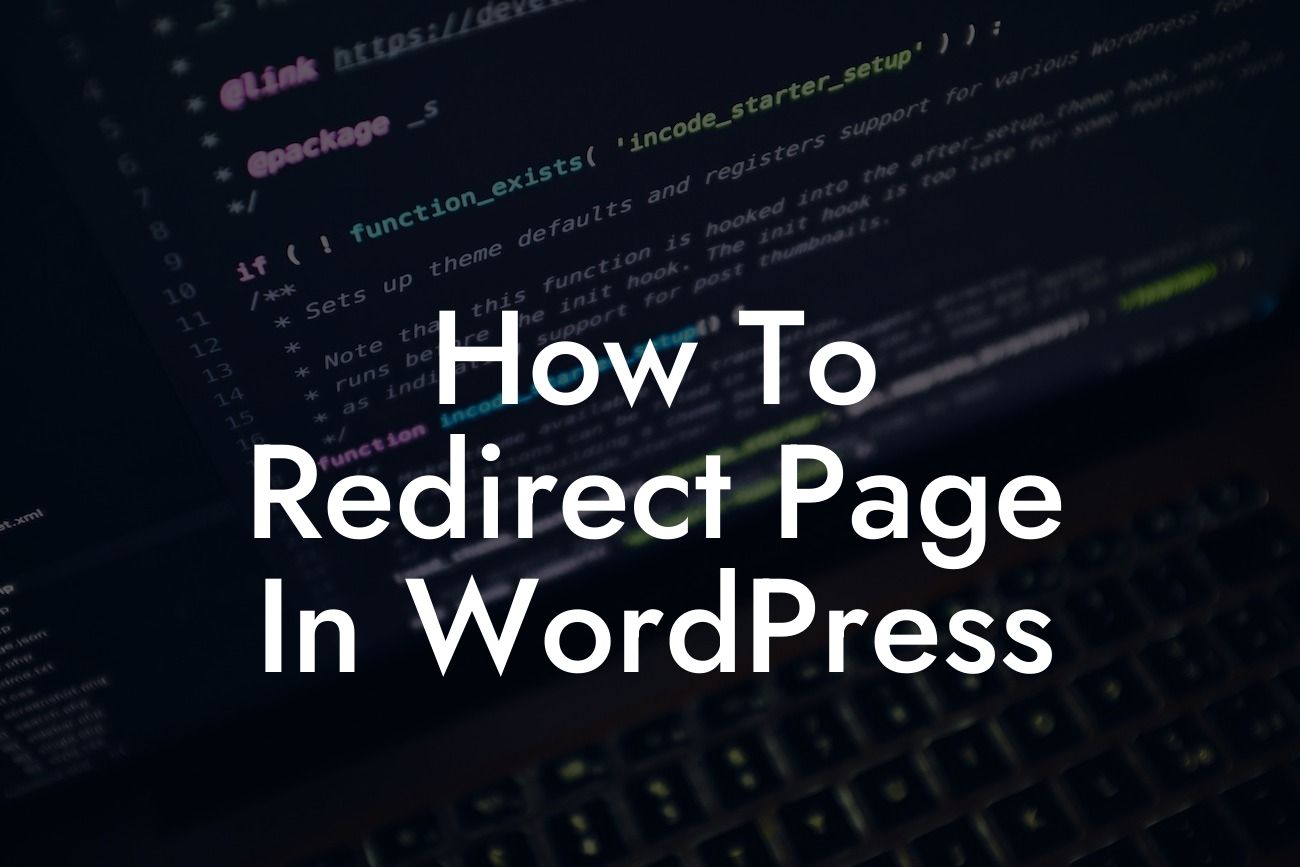Redirecting pages in WordPress is a crucial skill that every website owner must master. Whether you're rebranding your site, changing the structure, or moving content, proper redirection ensures a seamless user experience and preserves your hard-earned search engine rankings. In this guide, we'll explore various methods to redirect pages in WordPress, empowering you to make changes without losing out on valuable traffic. Get ready to take control of your website and implement effective redirects that lead to success.
There are several scenarios in which you may need to redirect pages in WordPress, such as moving content to a new URL, fixing broken links, preventing 404 errors, and improving overall site structure. Let's dive into the most common redirection methods:
1. Simple Page Redirects:
If you simply want to redirect a single page to another URL on your website, WordPress provides an easy solution. Within the page editor, locate the "Publish" meta box and click on "Edit" next to "Permalink." From there, enter the new URL in the "Redirect to" field, save the changes, and the page will redirect accordingly.
2. Redirecting Entire WordPress Site:
Looking For a Custom QuickBook Integration?
In some cases, you may need to redirect your entire website to a new domain or subdirectory. To achieve this, you can utilize the .htaccess file. Access your site's root folder and locate the .htaccess file. Open it with a text editor and add the following code:
```
RewriteEngine On
RewriteRule ^(.*)$ http://newdomain.com/$1 [R=301,L]
```
Replace "newdomain.com" with your desired URL, save the changes, and your entire website will redirect accordingly.
3. Plugin-Powered Redirects:
WordPress offers numerous plugins that simplify the process of redirecting pages. Two popular options include "Redirection" and "Simple 301 Redirects." Install and activate the desired plugin, and then follow the plugin's instructions to easily set up redirects using an intuitive interface.
How To Redirect Page In Wordpress Example:
Let's imagine you've decided to rebrand your small business website, DamnWoo, and change the URL structure. Previously, you had a page called "about" which can now be found under "about-us." To redirect the old URL to the new one, access the page editor for "about" and set the redirect URL as "https://damnwoo.com/about-us." This ensures that visitors who click on the old URL or search engine results are automatically directed to the new page, preserving the user experience and preventing any lost traffic.
Congratulations! You're now equipped with the knowledge to effectively redirect pages in WordPress. By utilizing these techniques, your website will maintain its online presence, enhance user satisfaction, and continue generating valuable traffic. Don't forget to explore other helpful guides on DamnWoo to further elevate your online success. And before you go, why not try out our awesome WordPress plugins? They're specifically designed for small businesses and entrepreneurs, offering powerful features to supercharge your online presence. Share this article with others who might find it beneficial and let's make the web a more engaging place together.













